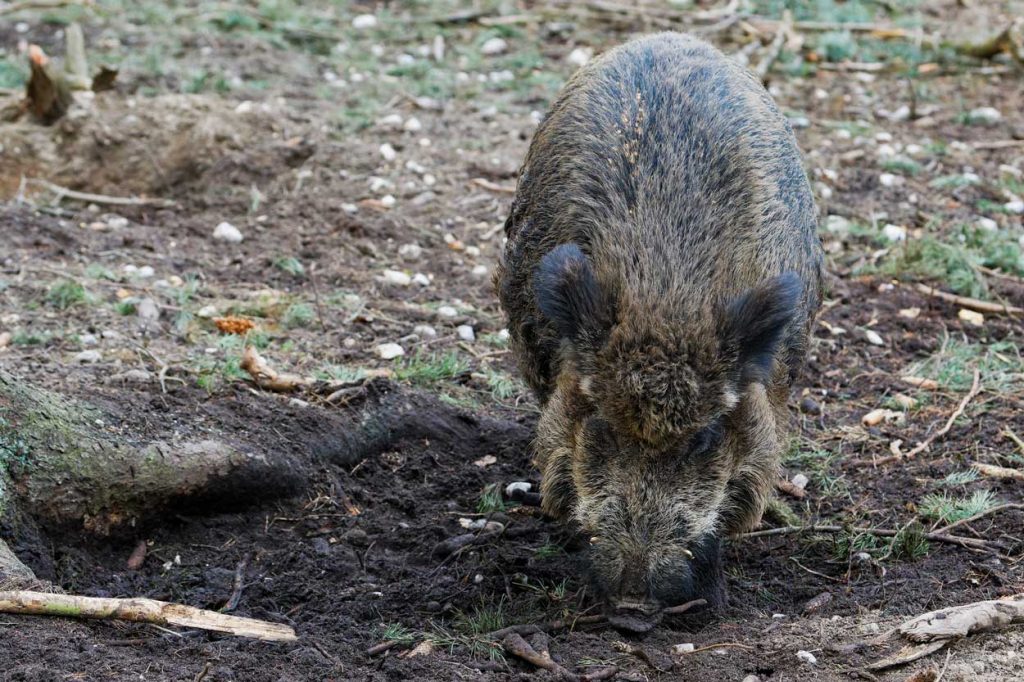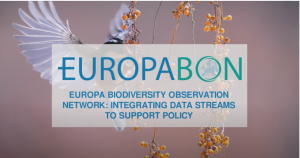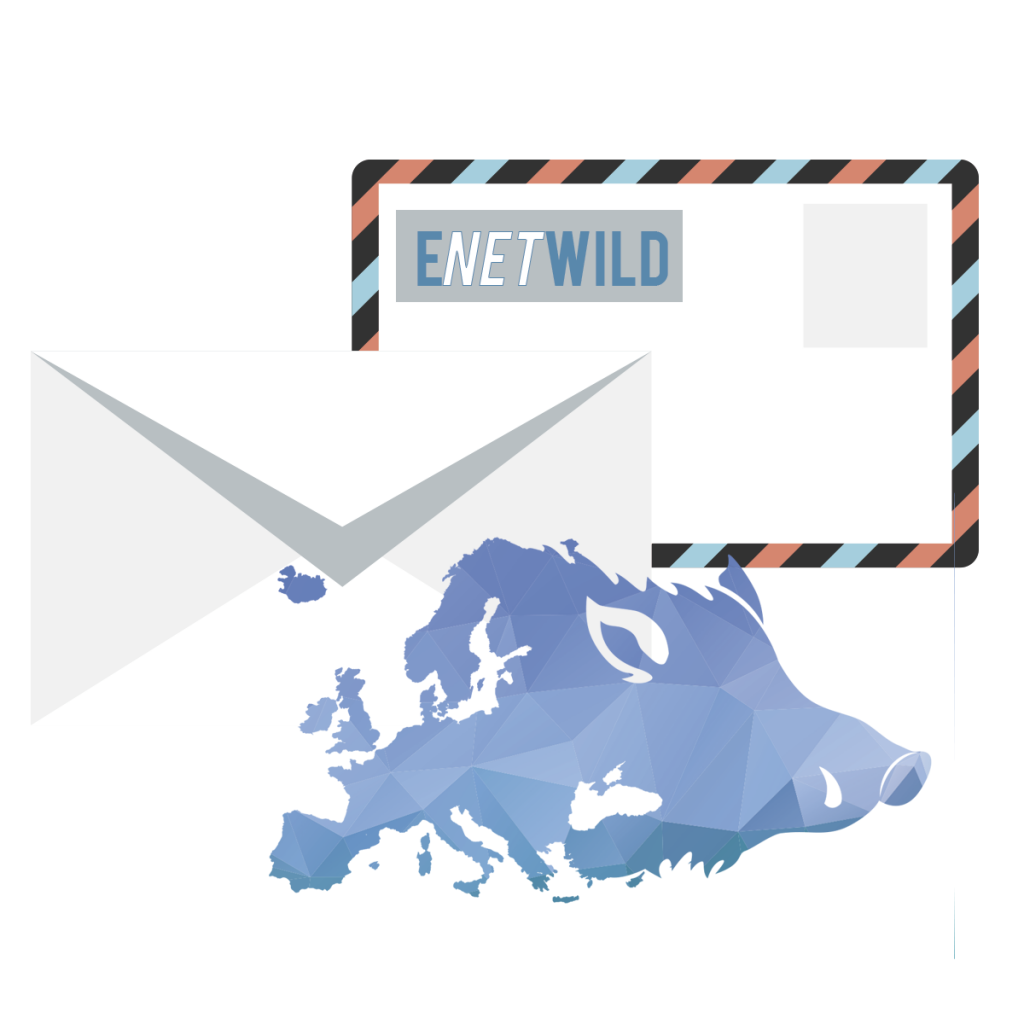Recently, ENETWILD released a practical guidance to estimate wild boar population, relative abundance and density. The guidance is based on literature review as well as previous experiences from ENETWILD partners and external experts.
The general aim of this guidance was to review the accuracy and comparability of methods to estimate relative abundance and density of wild boar populations. For this purpose we reviewed and evaluated eighteen methods, the most suitable ones to estimate wild boar density on a local scale were recommended. Counting wild boar on a regional scale is unfeasible; therefore density estimations are reliable only at local scales in specific habitats. The available methods for wild boar population estimation (either direct or indirect methods depending on whether they are based on direct observation of animals or not) were classified according to desirable characteristics like practicability, applicability and accuracy.
Classification of available methods for estimating of wild boar density and relative abundance. The methods that are presented in the guidance are highlighted in bold.
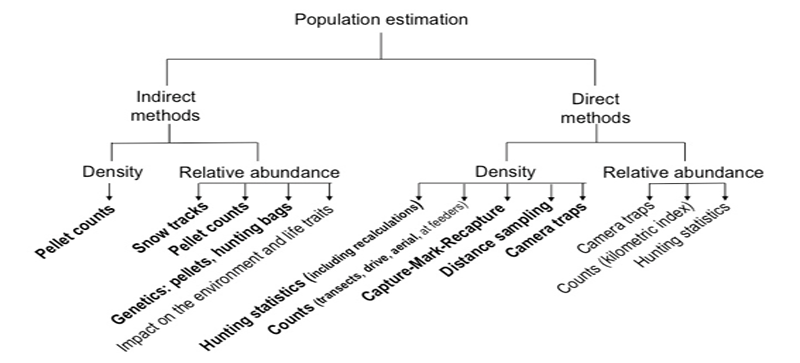
On a local scale (e. g. in wild boar management units) and in specific habitats, density and relative abundance can be estimated. Methods traditionally used with other wildlife (mainly direct methods) are neither precise nor accurate enough to be considered as a gold standard. In the case of methods based on direct observation, the main limitation is related to the nocturnal habits of the wild boar species. The indirect methods, like count of faecal pellets, are too costly to produce accurate estimations of population density as they often require additional resources to calculate parameters that can only be used locally, such as defecation rates. We came to the conclusion that every method on estimating wild boar population has some advantages and disadvantages depending on the habitat, the weather conditions and the benefit.
Classification of different methods to estimate density and /or relative abundance based on desirable characteristics for monitoring populations (A=relative abundance, D=density) in local management units, practicability, and applicability in epidemiological aspects.
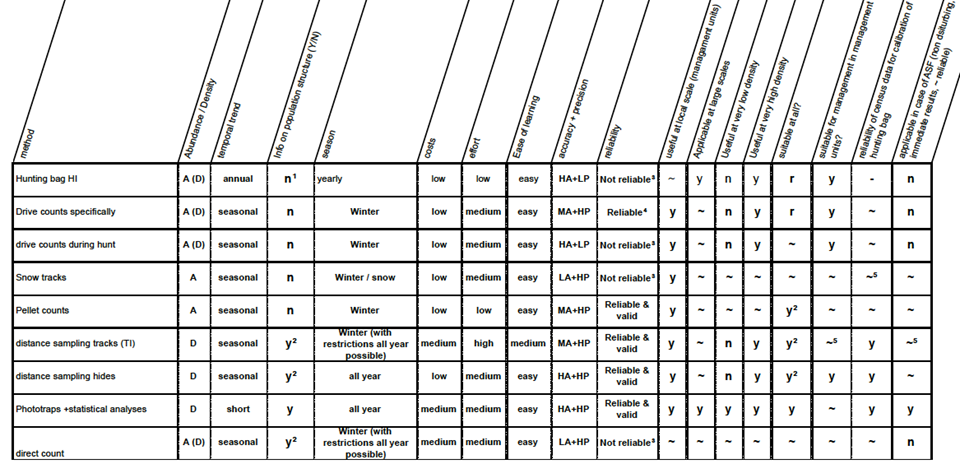
y=yes; ~=restricted; n=no; L=Low, H=High, M=Moderate, A=accuracy, P=precision; 1= (possible, but not usual); 2=yes with restrictions, 3= Maybe valid for monitoring and used as relative abundance for a given population, 4= Valid for monitoring along time and space as relative abundance when precision or accuracy is low; ; 5=possible, but…;
camera trapping (CT)
drive counts
distance sampling with thermography
are especially recommendable to estimate wild boar density on a local scale and guidance for their implementation was provided.
Camera trapping, particularly, can be conducted everywhere, irrespective of the habitat specificities, and at any time producing comparable data.
While direct counting wild boar on a regional (large) scale is unfeasible to provide indications on long-term population trends, standardized hunting data (collected or sampled) at the lowest possible spatial resolution, e.g. at hunting ground level, have the highest availability and comparability potential across Europe to be used for predictive spatial modelling of wild boar relative abundance and even density.
Nevertheless, for wild boar management, hunting bag statistics will not be sufficient on their own. They do not show real population densities, they are influenced by several factors like weather conditions, nutrition, hunter’s behaviour, changes in hunting licensing, population densities and visibility: hunting bags may no be always related with the real trend of the population, but they reflect the hunting effort.
Nevertheless, depending on the needs, hunting bags may be sufficient e.g. for showing long-term trends and large-scale spatial epidemiology. Therefore, for spatial models at local scale and evaluation of management measures against disease spread, more precise information on population size (population size, densities, relative abundances) is needed.


